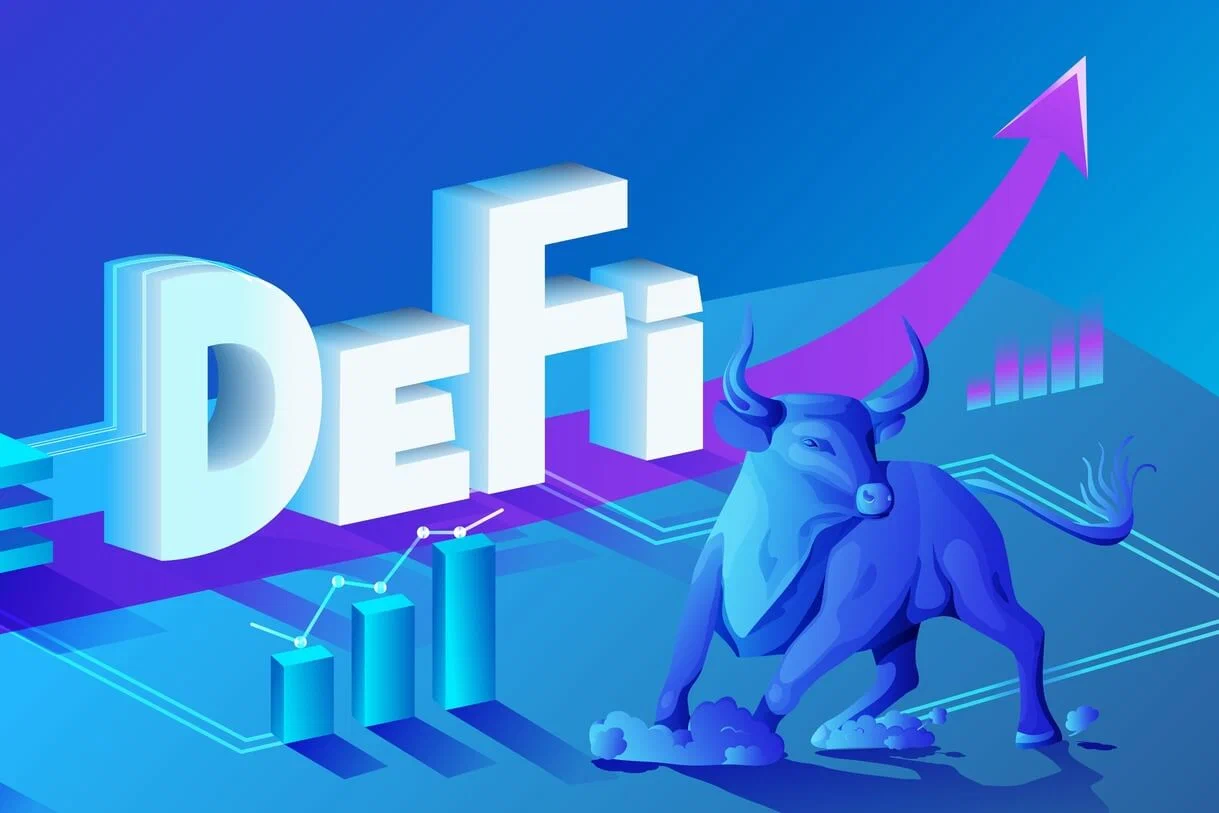Permissionless and trustless transactions made possible by Decentralised Finance (DeFi) have transformed the financial terrain. But the ecosystem suffers major difficulties as it grows, most importantly liquidity fragmentation. This problem results from the distribution of liquidity among several Blockchain Interoperability and protocols that causes inefficiencies and user expenses to rise. A trader wishing to swap assets across several chains, for example, may run across several middlemen who each add costs and latency to the transaction. This dispersed liquidity not only reduces smooth trading but also discourages possible users of DeFi systems.
Fragmentation of DeFi’s Liquidity
Blockchain networks’ siloed character and corresponding liquidity pools are the basis of this fragmentation. Many times operating in isolation, each protocol makes it difficult to effectively aggregate liquidity or complete cross-chain transactions. Insufficient liquidity causes price differences and slippage—that is, where the expected price of a trade differs from the actual price. Such difficulties highlight the need of creative ideas that could unite several scattered pools and simplify user interactions in the DeFi environment.

Implementing Intent-Based Solutions
One interesting way to handle DeFi’s liquidity fragmentation is via intent-based solutions. Intent-based systems let users indicate their intended results, unlike conventional transaction systems which need exact criteria. The fundamental protocol then analyses these intents and chooses the most effective course of action, such maybe collecting liquidity from several sources. This strategy lowers user cognitive strain, simplifies difficult transactions, and improves the general DeFi ecosystem efficiency.
A user seeking to exchange a token on one blockchain for another on another, for instance, would just say so. The intent-based approach would then manage the complexity of locating the optimal rates, navigating several liquidity pools, and completing the transaction across chains. By using several sources concurrently, this abstraction not only simplifies the procedure but also maximises liquidity use. These technologies open the path for a more harmonic and effective DeFi environment by emphasising user intents instead of strict transaction limits.
Improving User Security and Experience
Intent-based solutions offer one of the benefits in terms of user experience: great improvement. Abstracting the complexity of cross-chain exchanges lets consumers transact without requiring thorough understanding of the underlying protocols. This accessibility helps DeFi products to be more widely used and reduces the entrance difficulty for newcomers. Moreover, intent-based solutions cut the time and effort needed from users by automating the process of liquidity aggregation and transaction routing, so improving the seamless and simple DeFi interactions.
Another vital issue covered by intentional based solutions is security. Minimising the middlemen and manual procedures needed in a transaction helps to lower risk of mistakes and vulnerabilities. Standardised security measures enforced by automated systems help to guarantee that transactions follow best standards and are less prone to attacks. Furthermore, the attack surface for any harmful activity is lessened by combining liquidity and lowering the requirement for several approvals or transfers. Apart from protecting user assets, this simplified technique fosters confidence in DeFi systems, therefore motivating more people to engage in the ecosystem.
Scalability and Cross-chain Compatibility
Lack of interoperability among several blockchains is one of DeFi’s toughest obstacles. By allowing flawless cross-chain transactions without user manual asset transfers between networks, intent-based solutions can help close this distance. Using distributed liquidity aggregators and automated routing systems lets traders easily complete complicated transactions across several blockchains.

Another important area where intentional based solutions can have a big influence is scalability. Growing DeFi calls for scalable infrastructure more clearly as it expands. By means of their identification of the most effective paths, so lowering congestion on specific networks, and so optimising transaction execution, intent-based systems help This can assist reduce network congestion problems, cut petrol prices, and enable DeFi’s larger audience accessibility.
Actual Applications and Future Possibilities
Intent-based architectures have started to be included into some DeFi platforms to improve liquidity and user experience. UniswapX, for example, solves long-standing user problems such petrol fees, Miner Extractable Value (MEV), and liquidity management, therefore demonstrating the possibilities of intent-based DeFi app development. Intent-based solutions in DeFi seem to have bright future. These solutions are likely to become essential as the ecosystem develops in tackling issues with scale and interoperability.
Intent-based architectures can help to create a more homogeneous and strong DeFi scene by allowing flawless cross-chain transactions and effective liquidity use. Moreover, as additional platforms embrace this strategy, we should anticipate an explosion of creative financial goods and services meeting a wide spectrum of consumer needs, hence fuelling the next wave of DeFi acceptance.
Final Thought
A transforming way to reduce liquidity fragmentation in distributed finance is provided by intention-based solutions. These methods improve the accessibility and efficiency of DeFi systems by stressing user intents and automating the complexity of transaction execution. Intent-based architectures are likely to be very important in the future growth of a coherent and user-centric DeFi ecosystem as actual implementations show their efficiency.
Intent-based solutions give a strong basis for the next stage of DeFi innovation by including cross-chain compatibility, improving scalability, and easing liquidity aggregation. AI and DeFi is a more effective, safe, and generally embraced substitute for conventional financial systems as more platforms adopt this approach since the obstacles to access for DeFi users will keep lowering.



